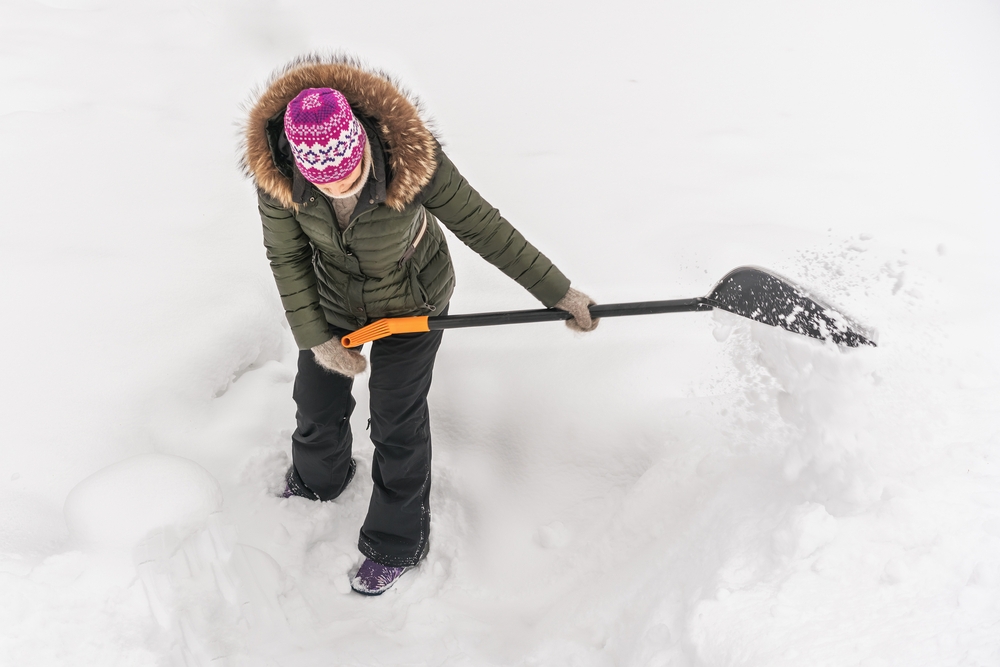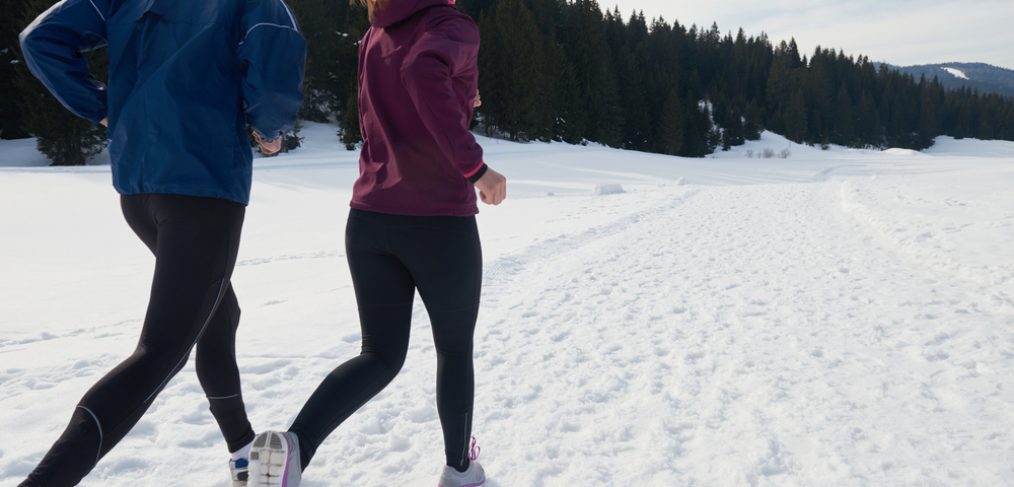You may have heard the expression, “kill the messenger,” and indeed that may have been what you wanted to do when, on Groundhog’s Day, this year, the prognosticating rodent came out of his whole and saw his shadow, predicting six more weeks of winter. As American columnist and author, Bill Vaughn once said, “The groundhog is like most other prophets, it delivers its prediction and then disappears.”
Although many of us have our own reasons to wish for the early end of winter weather, it is especially understandable for those of us who suffer from cold weather pain. However, if you are included in this number, there may be some precautions you can take before you go on a bloodthirsty hunt for old Punxsutawney Phil. Here are some common triggers of cool weather discomfort you may be able to avoid.
Winter Air
The two main sources for skin hydration are healthy fats and moisture from the air. However, when the air gets dry, there is less moisture for the lips and skin to absorb, which can lead to chapping and flaking. Lip licking can exacerbate the problem and lead to cold sores and dehydrated skin can crack and even bleed, leading to possible infection.
Barbara Doty, MD and family physician says, “Develop the habit of caring for your skin on a daily basis. Have easy access to lip balm, use a good moisturizer, and avoid excessive use of soap.”

Shoveling Snow
According to the American Journal of Emergency Medicine, about 11,500 people are treated for snow shoveling injuries yearly, and the wetter the snow, the heavier it is. Sandra Fryhofer, MD explains, “Shoveling puts strain on your heart. If you have heart problem get someone else to do it.”
However, even if your heart is in good condition, you need to take precautions. Fryhofer suggests waterproof shoes and an ergonomically designed shovel, which is lightweight and has a curved shaft to help keep your back straight when you use it, Dr. Doty advises that you, “Pick up smaller portions of snow for less weight per shovel.” It is also best to use your legs rather than your back to lift and to shovel in both directions, rather than in one, to avoid strain.
Dark Days
Headaches are signs of seasonal affective disorders. According to Laura Knobel, MD, changes in barometric pressure can trigger migraines and less sunlight can cause a vitamin D deficiency, which has been linked to an increase of headaches in the winter and fall.
“If headaches are due to lack of sun,” says Dr. Knobel, “natural spectrum lights can make a big difference for some people.” She also suggests using garden grow lights to grow indoor plants as a relief from winter blues, adding, “Seeing the seedlings grow can give you hope that spring is on its way.”

Dehydration
Dehydration is a problem in winter as well as summer. Not drinking enough water can make you achy because it prevents the body from processing waste products efficiently.
Try to maintain a healthy water intake by sticking to plain water rather than warm caffeinated drinks, like black and green tea or water. Dr, Doty warns against caffeinated beverages, “which are diuretics,” and leave bodies at a hydration deficit.
Colds
Of course one of the biggest causes of winter pain is the common cold, or flu, and the dry air can make it worse. Doty says, “In winter, nasal passages get plugged more easily, and with a lot more mucus, it can get irritated down in the back of your throat, which means you can’t clear it as well.” To avoid sickness, get your annual flu shot if you haven’t already and try natural remedies and get plenty of rest to soothe symptoms.
Are you thinking of throwing rocks at the groundhog? If so, we want to hear from you. What are your most common cold weather pain triggers and how do you avoid them? Let us know!











